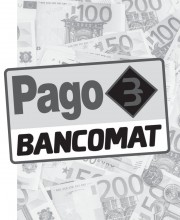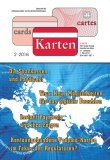Sie befinden sich hier: Home › cards › Themenschwerpunkte › Aufsätze › Payments in Italy - status quo and perspectives
Aufsätze
01.05.2016
Märkte
Payments in Italy - status quo and perspectives

Bild 9

Dieser Artikel ist Teil unseres Online-Abo Angebots.